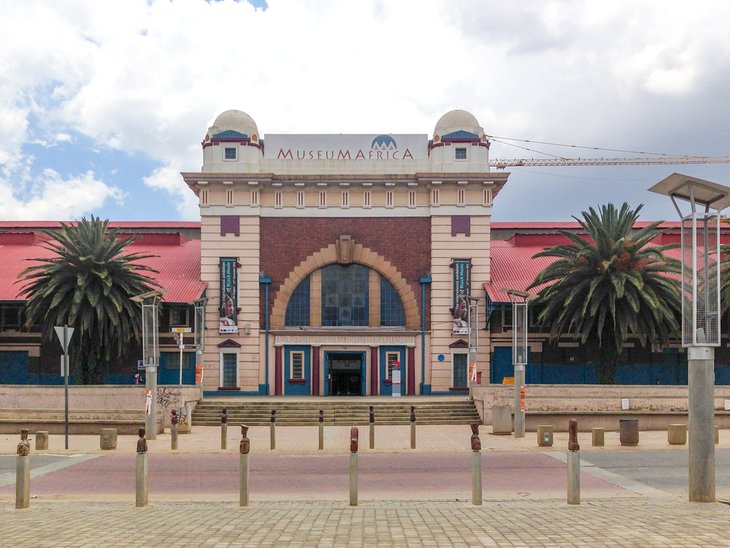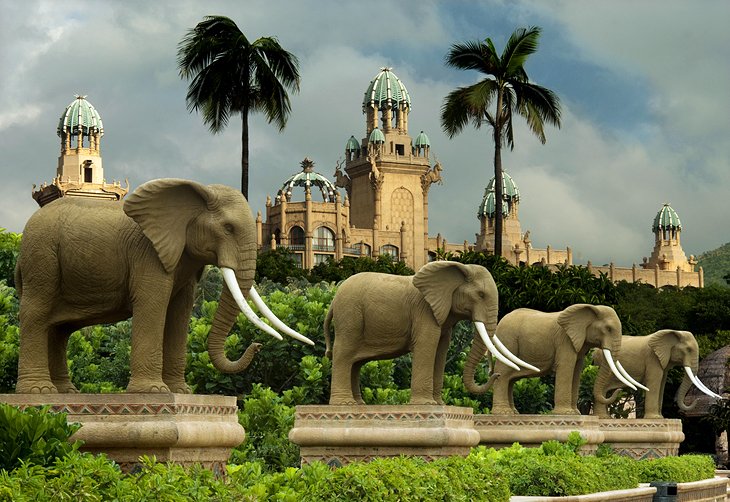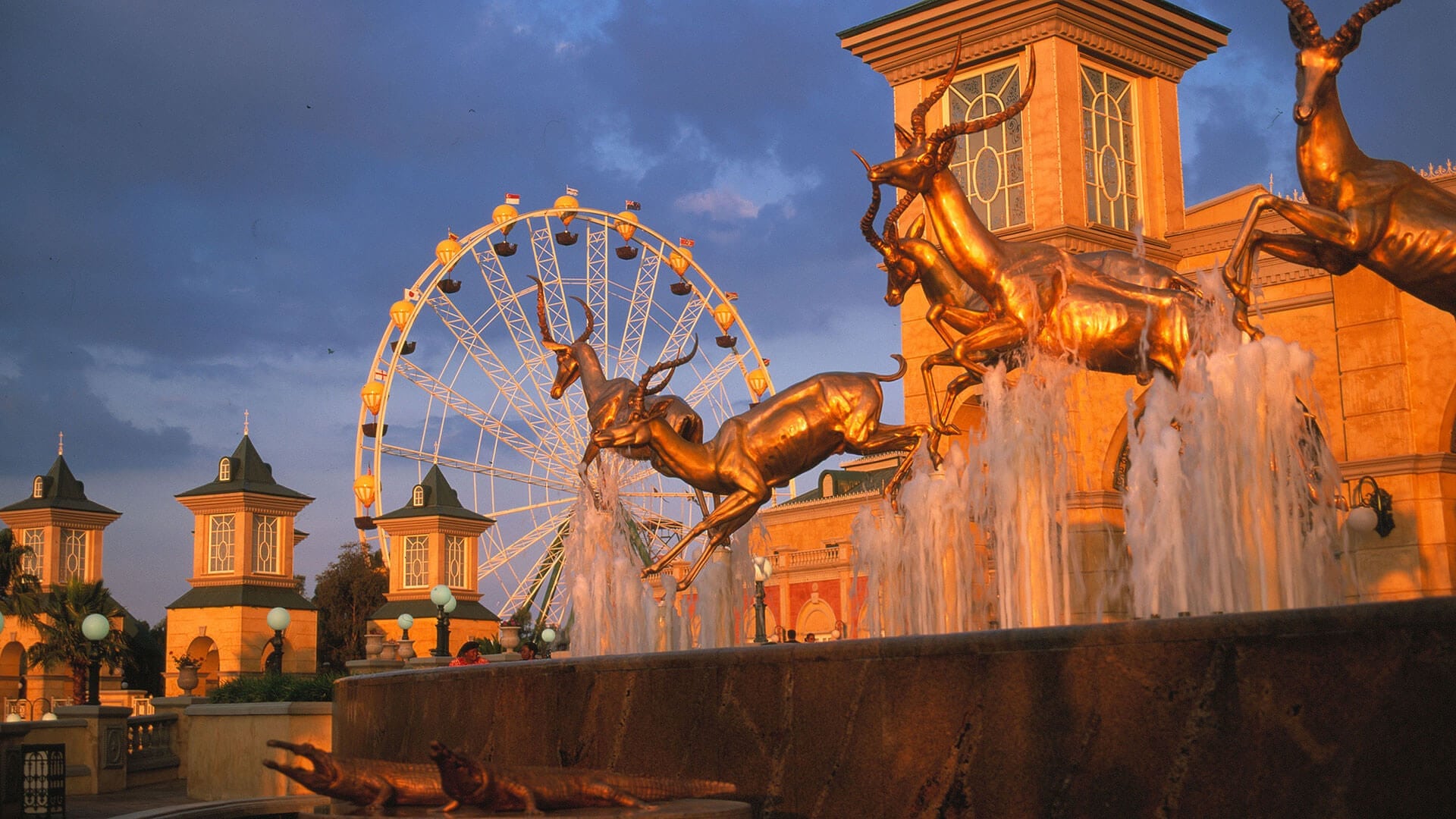Everything about Johannesburg North Attractions
Everything about Johannesburg North Attractions
Blog Article
The 6-Minute Rule for Johannesburg North Attractions
Table of ContentsThe smart Trick of Johannesburg North Attractions That Nobody is Talking AboutSome Known Factual Statements About Johannesburg North Attractions Some Ideas on Johannesburg North Attractions You Need To KnowThe Facts About Johannesburg North Attractions RevealedFacts About Johannesburg North Attractions Revealed6 Easy Facts About Johannesburg North Attractions ExplainedGetting My Johannesburg North Attractions To Work
You should keep safety in mind and vacationers have to remain sharp at all times when in unknown environments. Talk with the residents when you are in town to find out about the area you are remaining in. Johannesburg North attractions. When on the road (this doesn't use to shopping malls and other secure environments) ideal basic suggestions is to attempt your finest to appear like a neighborhood and to stay clear of showing any form of wide range
What Does Johannesburg North Attractions Mean?
Teacher Revil Mason O. J. (Thomson, 1946) discovered the Witwatersrand's pre-colonial history. His historical work blew up the 'em pty land' myth, according to which the area was without human habitation before the arrival of European inhabitants. In his magazines Prehistory of the Transvaal: A Record of Human Task (1962) and Origins of Black People of Johannesburg and the Southern Western Central Transvaal AD 3501880 (1986 ), Professor Mason showed the degree of social and financial development in the location before Europeans established foot right here.

The Greatest Guide To Johannesburg North Attractions
In 1878, David Wardrop discovered gold in quartz capillaries at Zwartkop, north of Krugersdorp. In 1881, Stephanus Minnaar came across gold on the farm Kromdraai, near the Cradle of Humankind.
In March 1886, an outcropping (quickly to be called the Key Reef) was discovered, rather luckily, on Gerhardus Oosthuizen's farm Langlaagte. Some claim that the Lancastrian coal miner George Pedestrian found this reef. Another travelling English miner, George Harrison (that had previously functioned in Australian mines) acquired a prospecting licence in regard of Langlaagte in Might 1886.
He chose to proceed in a quest for greener fields, and disposed of his Langlaagte insurance claim for the princely amount of 10. Alas: underneath lay the wealthiest goldfield ever located. The exploration of this rich auriferous coral reef prompted a gold thrill that signalled the end of agrarian tranquillity in the southern Transvaal.
It would certainly, within 6 years, become the biggest town in southern Africa. Within a years, it would make the Z. A. R. until after that an anarchical and insolvent little state the wealthiest nation in Africa. By the millenium, the Z. A. R. was to exceed Russia, Australia and the United States of America to come to be the world's leading gold manufacturer, generating even more than a quarter of the world's gold.
Johannesburg North Attractions Fundamentals Explained
It was called Ferreira's Camp, called after Colonel Ignatius Ferreira. He was a Boer adventurer upon whom the British authorities had presented the status of Buddy of the Many Identified Order of St Michael and St George (qualifying him to the post-nominal letters C. M. G.) in gratefulness for his role in the war that had Learn More deposed the Pedi king Sekhukhune in 1879.
2 various other camps were developed: Meyer's Camp on the farm Doornfontein, and Paarl Camp. The latter was nicknamed Afrikander Camp; lots of individuals from the Cape Swarm settled there.

The Only Guide to Johannesburg North Attractions
This name gained currency by word of mouth, such that the State Assistant verified the name to the Mining Commissioner on 9 October 1886. Stands in the town were auctioned on 8 December 1886. While some stands were cost 10, others were knocked down for as little as sixpence.
Two years later on, these erven were to alter hands for as long as 750 each. The tented camps dwindled as a dorp of corrugated iron buildings established and increased north of the mines situated along the Main Coral Reef Road. Areas such as Jeppe's why not find out more Town (where working-class immigrants erected their residences) and Doornfontein (where the wealthy new 'Randlords' began to build their opulent houses) were quickly included in the ever-expanding map of the community.
The smart Trick of Johannesburg North Attractions That Nobody is Discussing
Apart from the road check my reference names, there were no signs of Johannesburg being positioned in a Dutch-speaking nation., nearly everybody talked English and also the Government servants addressed one in English, unless they were initial dealt with in the Taal (or Reduced Dutch)'.
Therefore, Britain had an interest in making sure optimum conditions for gold production on the Witwatersrand, and that the gold was exported to London instead of Berlin an imperative provided even more clamant by the Z. A. R - Johannesburg North attractions.'s boosting toenadering with Germany. Mine owners got on a clash with Head of state Kruger, whose policy of monopolistic giving ins (frequently approved to his cronies) avoided mining firms from obtaining products of materials (specifically dynamite) and labour by themselves, more affordable terms
The 45-Second Trick For Johannesburg North Attractions
In 1890, the Volksraad had restricted the franchise business to white men who had lived in the Z. A. R. for fourteen years or longer, thus disqualifying most of the immigrants (who occurred to be the major contributors to the fiscus). Nevertheless, frustration for the vote was a mere pretext for promoting a different agenda; many uitlanders regarded themselves as momentary site visitors and had no intent of staying in the Z.
Report this page